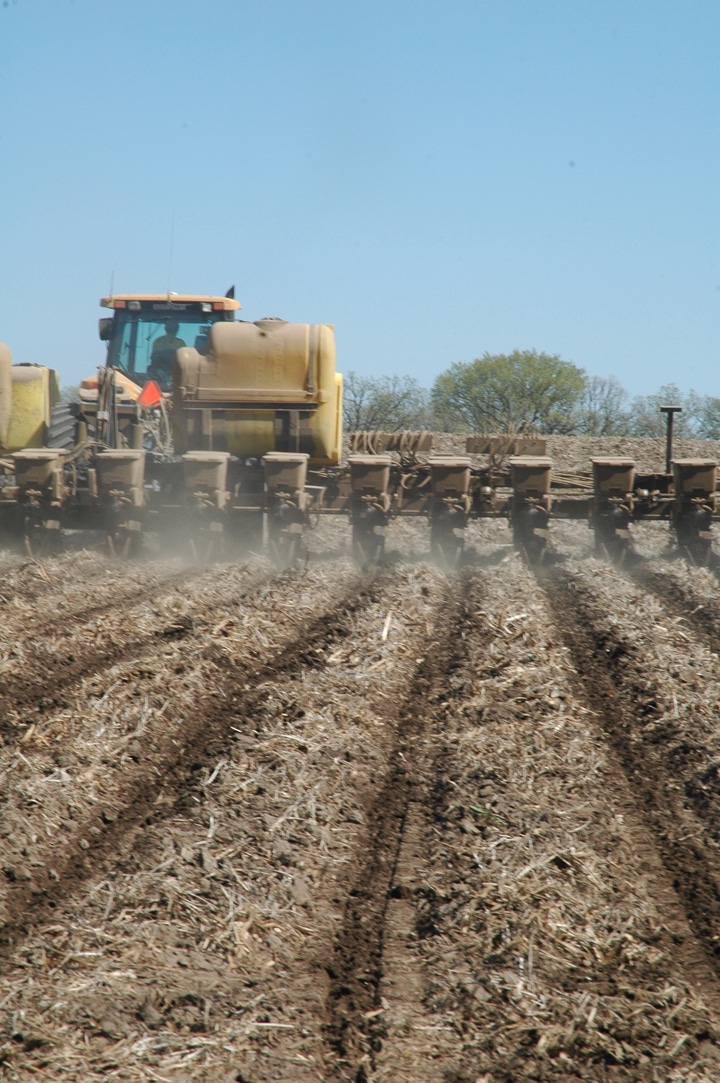January 12, 2012

Many corn and soybean growers harvested record crops last fall. However, they may be facing compaction issues because of saturated soils at harvest. Combines and grain carts caused deep ruts and severe compaction issues. So what can farmers do to break up that soil and smooth out rough fields?
Farmers may be facing two types of compacted fields. One type is an isolated compacted area, such as end rows or poorly drained sections of a field. It is suggested to do whatever is necessary to get that area ready for planting and leave the rest of the field alone. The other type is compaction across the entire field, and whatever is done in terms of tillage operations is applied to 100% of the field.
The following options will aid growers in preparing for spring planting:
Do nothing about deep compaction, especially if it turns out to be a wet spring. You don't want to make a bad situation worse by performing deep tillage on wet soils because it destroys the soil structure. If a farmer can get a no-till planter or drill across rutted ground reasonably well, it may be better to take a slight yield hit in 2012 and then try to correct the deep compaction problem (if it exists) after harvest.
Perform light shallow tillage, but only if the soil is dry. If ruts or tracks are more than 2 or 3 in. deep, a light tillage pass can smooth out the soil and create a surface satisfactory for planting. Fill in ruts enough to eliminate standing water.
Use 2011 as a valuable lesson. Extra tillage in the dry fall of 2010 led to compaction and traffic-ability problems in 2011. Consider the benefits of continuous no-till, especially with controlled traffic. Strip-till, either fall or spring, may be best for corn planting.
Research has shown that compaction affects crop yields. Years of Ohio State University Extension research on Hoytville silty clay loam showed that through compaction, 10-15% of the potential crop yield was being left in the field.
To counteract yield losses from compaction, researchers recommend no-till production. Recent research shows that continuous no-till soil resists compaction from heavy loads better than soil that is subsoiled every three years, resulting in higher yields. Firm no-till soil resists compaction better than deep-tilled soil. The first trip across loose soil causes about 85% of the total compaction.
You May Also Like




